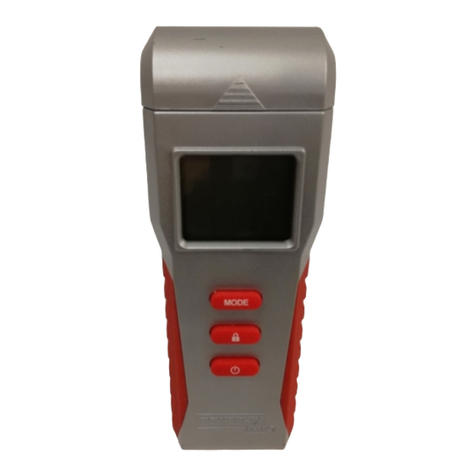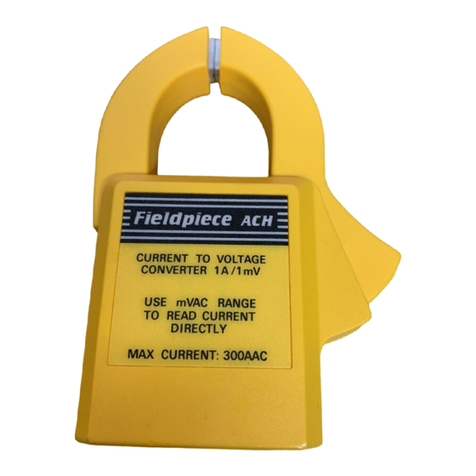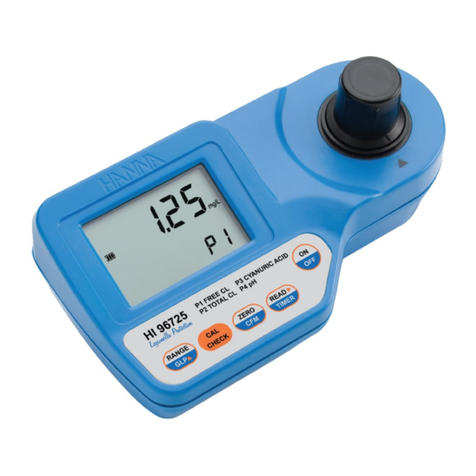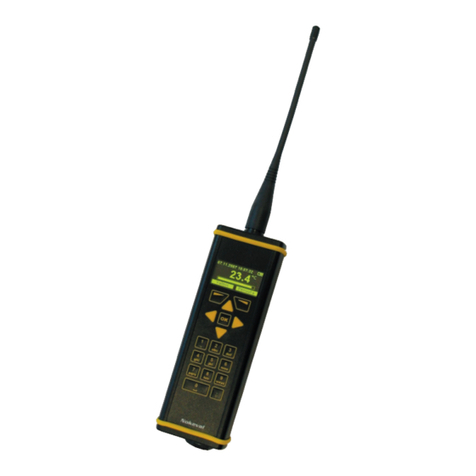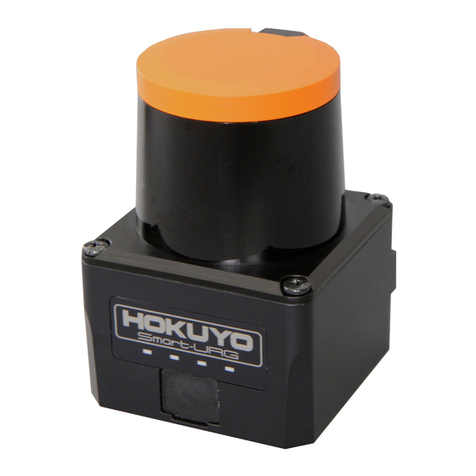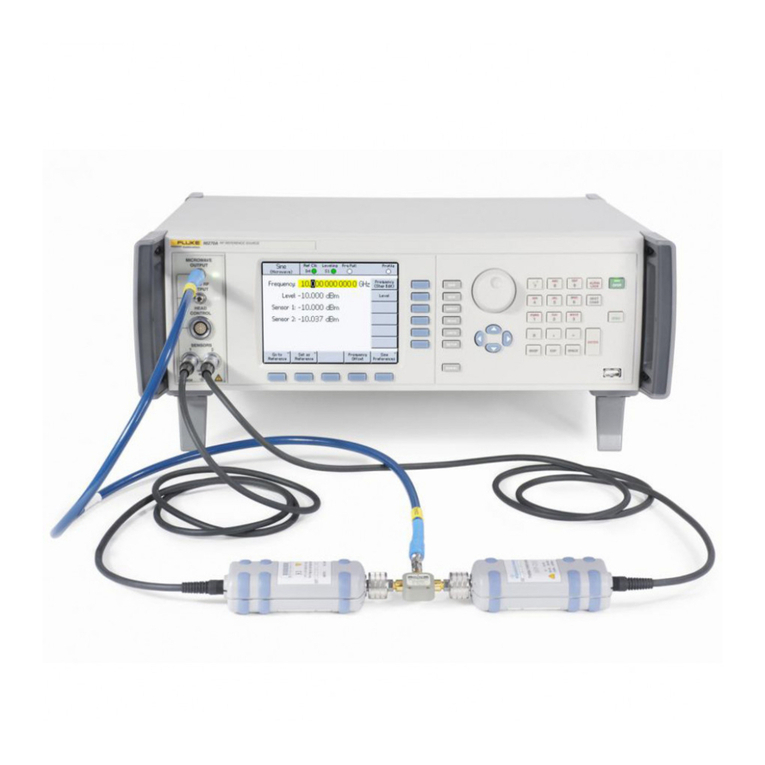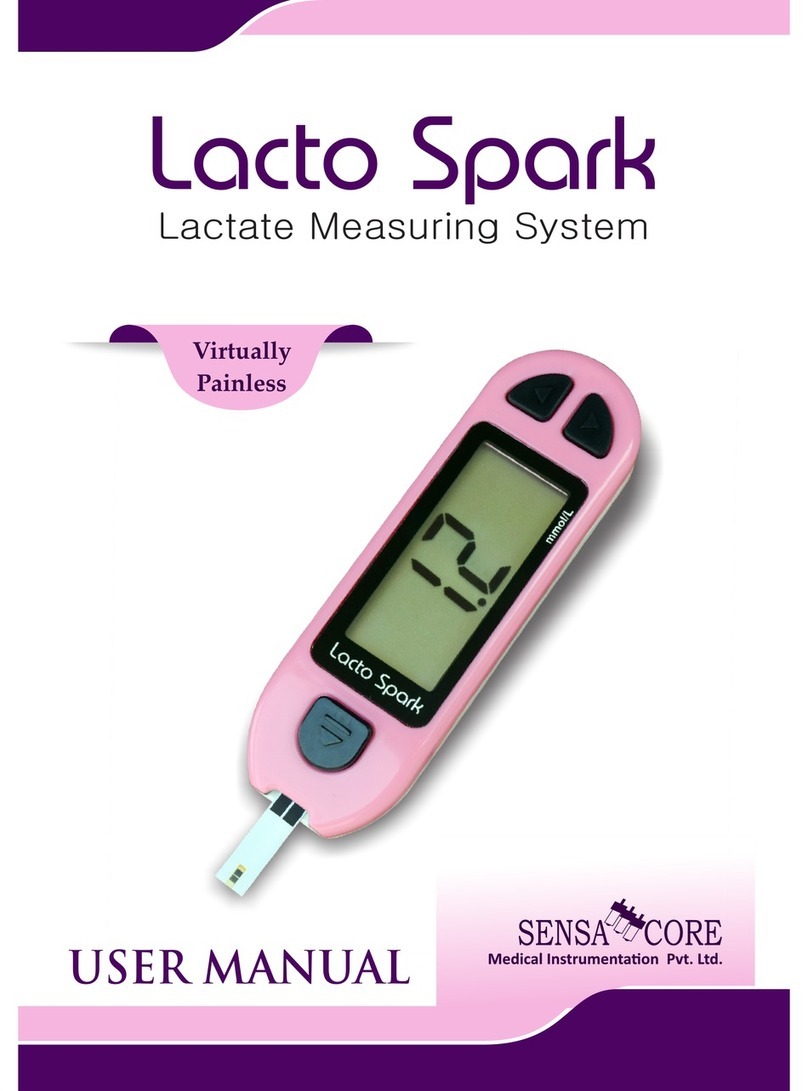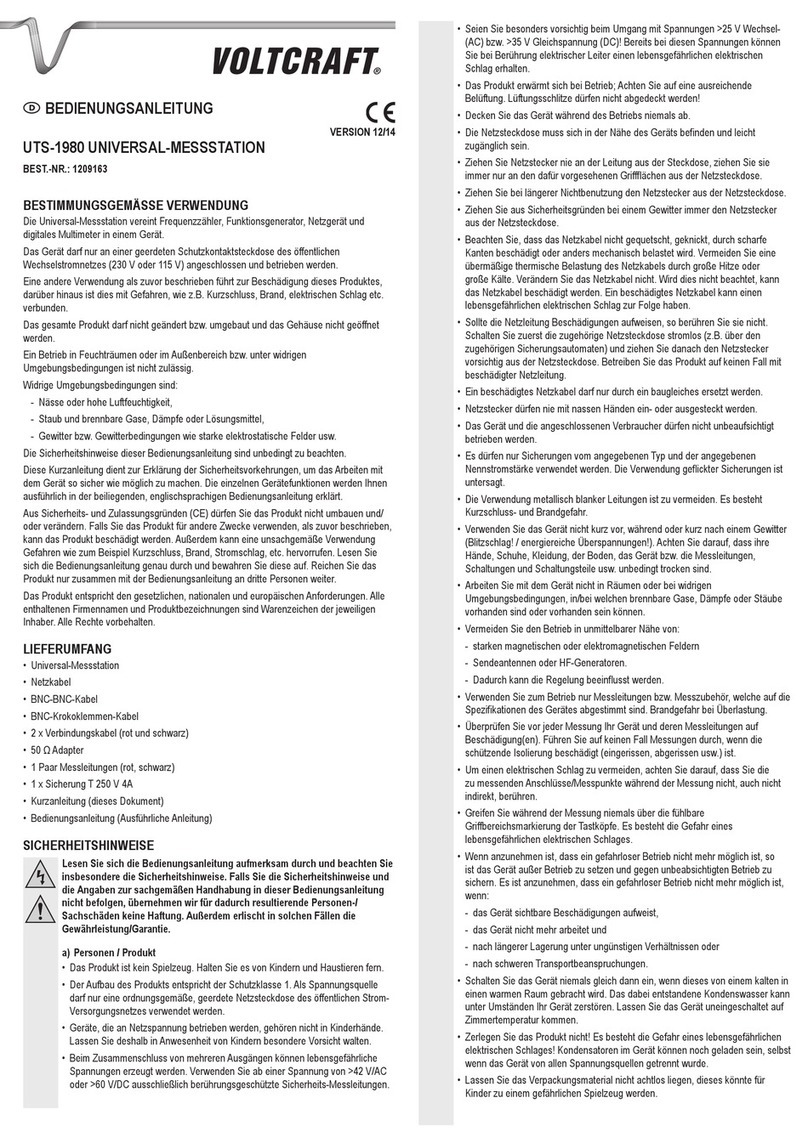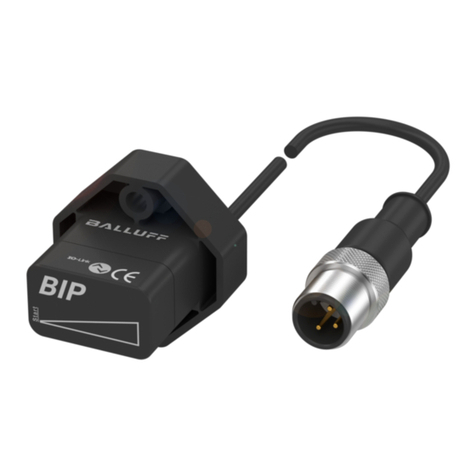Tunics_Quick_Starting_Guide_2010-2510
Perform a Step-By-Step Wavelength Scanning
Wavelength scanning enables the Tunics tunable laser to broadcast on a different
wavelength at each time interval. Starting from the first wavelength (lower wavelength limit
set by the user), the emission wavelength increases incrementally (the wavelength
increment is stored in the Step parameter and set by the user) up to the last wavelength
value (upper wavelength limit set by the user). During each scan interval, the TUNICS
laser broadcast at a set wavelength for the duration specified by the Pause Timer
parameter (Pause Timer set by the user).
1. Press the P function key in the MODE area (see Figure 1).
2. Enter a optical output power using the numeric keypad or modify knob.
3. Press the Enter key in the SETUP area (see Figure 1).
4. Press 2nd + STEP to activate the scan mode.
Result: You are prompted to enter the lower wavelength scan limit while the current
setting is displayed.
5. Enter the lower wavelength scan limit and press Enter.
Result: You are prompted to enter the upper wavelength scan limit while the current
setting is displayed.
6. Enter the upper wavelength scan limit and press Enter.
Result: You are prompted to enter the scan STEP while the current setting is
displayed.
7. Enter the scan STEP and press Enter.
Result: You are prompted to enter the Pause Timer between two scan steps while
the current setting is displayed.
8. Enter the Pause Timer and press Enter. Possible values for Pause Timer
range from 0.1 to 25 seconds.
Result: Scanning begins.
9. To suspend the current wavelength scan, press the STEP key. You are then
prompted to “stop scan 1/0?”. To stop the scan press the numeric keys 1 +
Enter.
Note: Scanning stops and the emission wavelength remains set to the value applied at the time
the scan was suspended. To resume scanning, press numeric keys 0 + Enter.
The wavelength scanning process repeats continuously until user presses the STEP key to
suspend or stop the scan.
Operating parameters cannot be changed while the wavelength scanning is in progress. Therefore,
make sure the power output level you set can be achieved within the maximum current limits over
the entire scanning range. If the desired power output cannot be reached due to current limitations,
the Lim message is displayed to indicate the system no longer operates at constant power.
